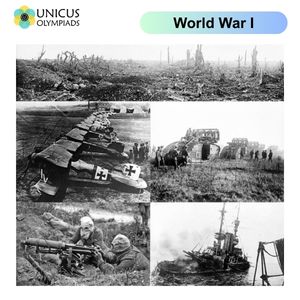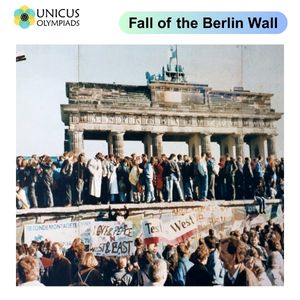

Sequencing historical events, such as World War I (WWI) and the construction of the Berlin Wall, involves understanding the timeline of significant political, social, and military occurrences that shaped the 20th century. These events are pivotal in understanding the global shifts in power, ideology, and geopolitics. Below is a detailed sequence of key events related to WWI and the Berlin Wall, presented in a chronological order to show their causes, impacts, and relationships.
World War I, also known as the Great War, was a global conflict primarily involving the Allied Powers (France, the United Kingdom, Russia, and later the United States) against the Central Powers (Germany, Austria-Hungary, the Ottoman Empire, and Bulgaria). The war was triggered by a complex web of alliances, nationalism, imperialism, and militarism, with the assassination of Archduke Franz Ferdinand of Austria in June 1914 being the immediate spark.


The Berlin Wall was a barrier constructed by the German Democratic Republic (GDR) in 1961, which physically and ideologically divided East and West Berlin. Its construction was a direct result of the growing tensions of the Cold War between the Soviet Union and the Western Allies, particularly the United States and its NATO allies. The wall became a symbol of the division between the communist East and the capitalist West.
Both World War I and the Berlin Wall are significant events in the history of the 20th century. World War I drastically reshaped the global political landscape, leading to the collapse of empires and the rise of new nations. The Treaty of Versailles and the creation of the League of Nations aimed to prevent future wars, though they ultimately set the stage for World War II. The Berlin Wall, on the other hand, was a powerful symbol of the division between East and West during the Cold War, and its fall in 1989 marked the triumph of democratic ideals over communism. These events are intricately linked to the political, social, and ideological conflicts of their time, and their legacies continue to shape global relations today.